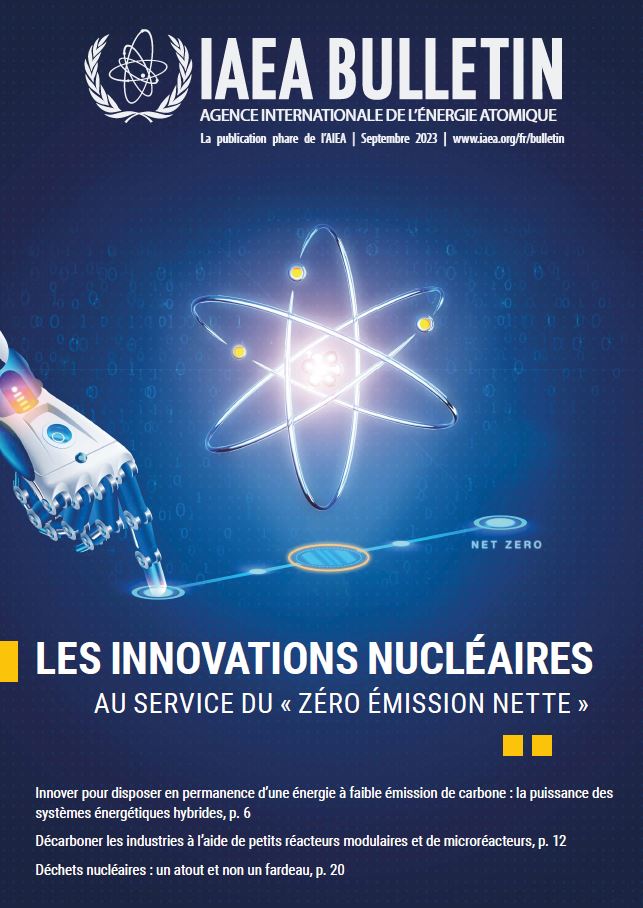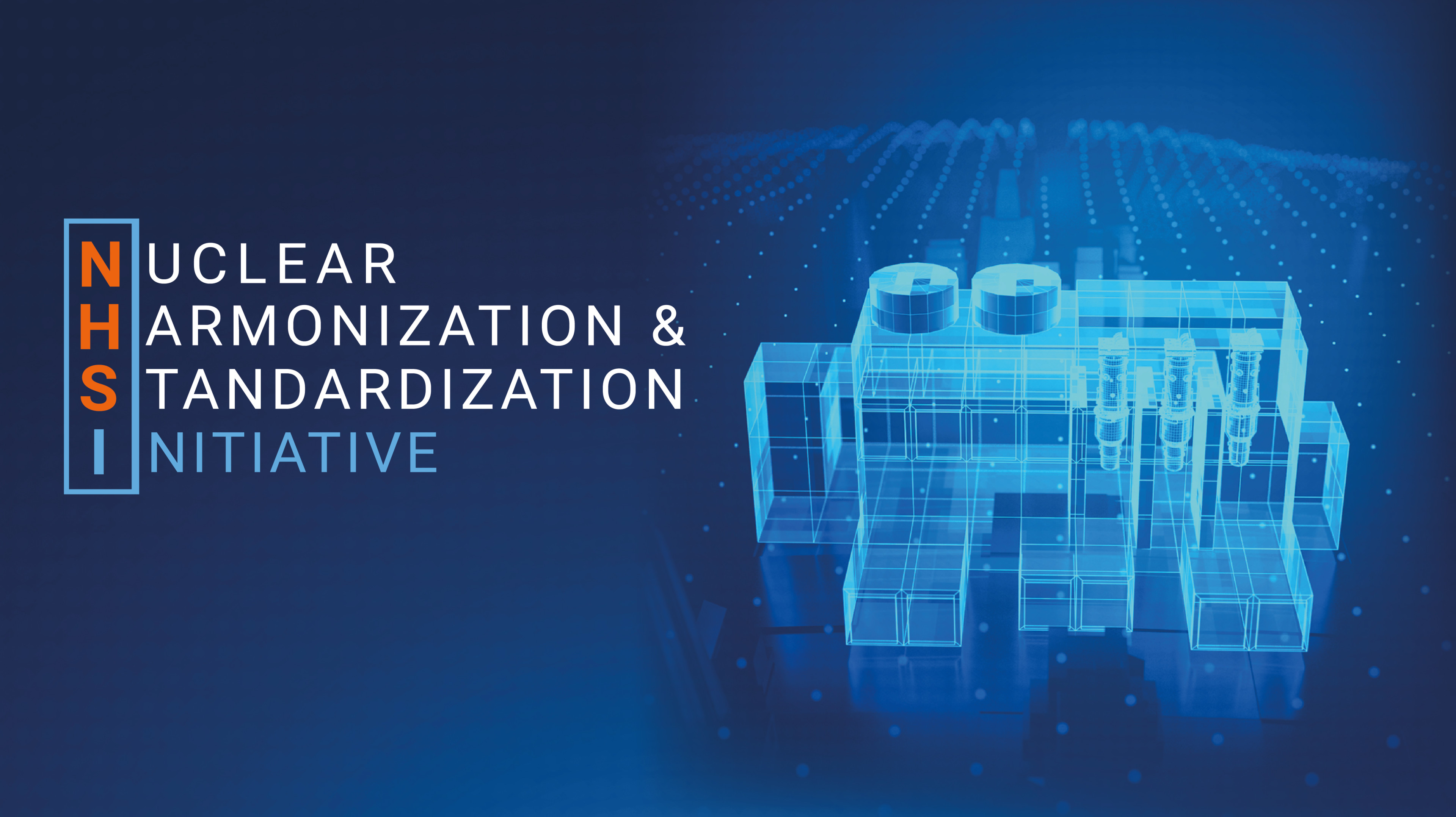Harmonization through collaboration
The lower upfront capital cost, lower resource needs and potential for non-electric applications of SMRs make them increasingly attractive for countries embarking on, or considering, nuclear power programmes. For example, Jordan is considering SMRs in part because finding sufficient water resources to cool a conventional nuclear power plant in the dry and landlocked nation proved challenging, said Khaled Tukan, Chairman of the Jordan Atomic Energy Commission.
For these countries, international collaboration and the opportunity to learn from other mature regulators is key to ensuring a safe and secure nuclear power programme. The SMR Regulators’ Forum, established in 2015, is an international group of regulators identifying and proposing solutions to common safety issues that may challenge regulatory reviews of SMRs.
For Smith, the Forum serves as an important platform for knowledge and experience sharing on SMR regulation. The Forum organizes regional workshops and produces common positions on key topics, which “we can take back to our own countries to see how we might change or amend our own guidance.”
With over 80 SMR designs under development around the world, the IAEA aims to advance the effective global deployment of safe and secure advanced nuclear reactors by developing harmonized regulatory and common industrial approaches through the Nuclear Harmonization and Standardization Initiative (NHSI).
IAEA Director General Rafael Mariano Grossi reiterated the importance of this IAEA initiative at the NHSI plenary in June 2023. “The harmonization of approaches facilitates the international trade of SMRs and components as developers design and manufacture reactors that comply with a more uniform set of global standards, rather than having to deal with multiple, sometimes conflicting, sets of requirements in different countries,” he said.
He added that the IAEA, due to decades of experience as the hub for safety and regulatory issues, was ideally placed to foster international cooperation in terms of national regulatory frameworks. “More harmonized regulatory approaches will allow greater international collaboration and enable countries to implement high standards of safety and security,” he said. The NHSI, which launched in June 2022, comprises two separate but complementary tracks: the Regulatory Track and the Industry Track. The SMR Regulators’ Forum is supporting the Regulatory Track and is developing processes to leverage other regulators’ licensing reviews and to conduct joint reviews.
The NHSI Regulatory Track also includes a working group on developing a framework for information sharing among regulators, and another focused on a multinational pre-licensing review. Under the multinational pre-licensing review effort, regulators would work together to identify potential challenges in a new reactor design before it is submitted for a national licensing review.
Informing and involving the public are cornerstones of nuclear power development. Public information on and stakeholders’ engagement in the safety of innovative reactor designs, such as SMRs, will be essential to their successful deployment. “Since these reactors may be located much closer to the population, it is a priority for regulators to engage with and listen to the public, especially in an embarking country, where this will be their first reactor,” Smith said. “Regulators are meeting this challenge through building a culture of openness, professionalism and robust safety, and emphasizing their independence, transparency and role as a credible source of timely, reliable and easily accessible information.”

